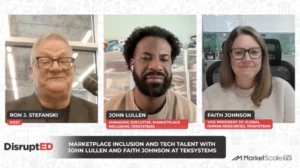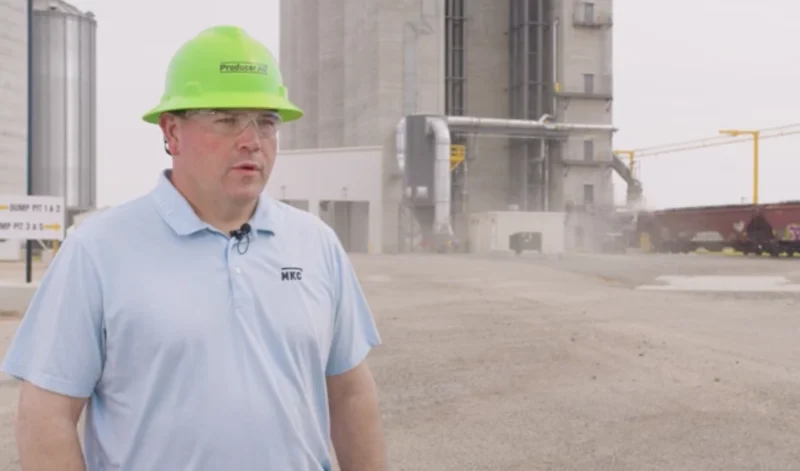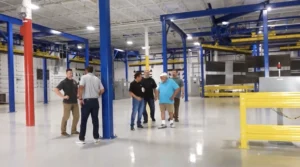Pillars of a High Functioning Manufacturing Warehouse Solution with Brian Reinhart
People want goods faster, cheaper, and easier. What else is new? But wanting it and making it happen are two different things. Manufacturing is always up for the task; thankfully, with today’s automated technology solutions, new ways of achieving those goals are at hand. Brian Reinhart, VP of Sales, Marketing, and Solutions with Hai Robotics, offered some fundamental pillars that any high-functioning manufacturing warehouse should integrate to execute these solutions.
These pillars aren’t secrets; there are three: speed, density, and flexibility. But within those buckets, one can go in many different directions to achieve them. Speed is a constant pillar. How quickly can products get from point A to B to C in a warehouse? “If we take your typical warehouse environment, you’re getting bulk inventory in, and then you’re storing it,” Reinhart said. “And then you’re getting it out the door to fulfill an order. From those simple operations, we need to figure out how to get from A to B, to C quicker.”
Humans can perform only so many of the required tasks during an hour. But, as Reinhart pointed out, those limitations are removed with automation. Speeds can increase up to 10x faster with automated solutions than without. Now the labor force can be repurposed for other functions. “When you’re getting into advanced automation and advanced robotics, you’re able to get picks per hour in the three, four, five, six-hundred per hour metric,” Reinhart said.
On the density front, Reinhart said a lot has changed. More automation can lead to more real estate required in the warehouse. So, the challenge is how to get more compact to save space. Utilization of vertical space is one answer. And drive aisles can be reduced or eliminated using robotics, allowing the areas to become more compact.
Reinhart said flexibility is a bit more conceptual and comes in several different shapes and forms. The ability to change the dynamics of the warehouse environment based on changing demand and needs requires technology solutions with built-in contingencies that adapt on-the-fly to get orders out quickly with a minimal footprint no matter the situation.








